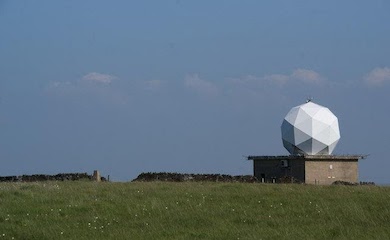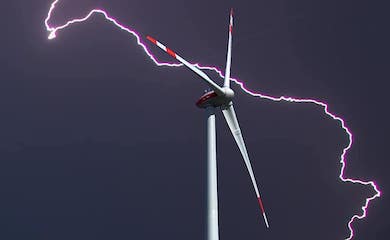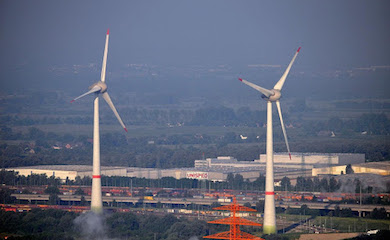Overview
Pager Power has been conducting television baseline surveys for building and wind developments since 2008, and over this time the team has visited places all over the UK and Ireland. From Loch Ness to the Cotswolds, from the Isle of Wight to Galway.
Manchester has become a common destination for surveying due to the rapid development of high-rise towers in the city centre as well as smaller commercial and residential units.
In this article we give a brief overview of our experience surveying in Manchester, the typical planning condition and what we have learnt along the way.
Planning Guidance and Conditions in Manchester
Manchester City Council often request an assessment of the impact upon television services due to new building developments. There are two documents which outline the requirement for assessing for television interference:
- Manchester’s Local Development Framework: Core Strategy Development Plan Document[1]
- Full, Outline, Reserved Matters & Variation/Removal of Conditions Planning Applications: Is Your Application Valid?[2]
The relevant text from each is presented below and highlighted bold.
From the validation document:
‘Tall Buildings
…
If the Proposal is a Tall Building, it may requires (sic) an Environmental Statement, as it would have the potential to generate significant impacts over and above the existing use(s) on site. Most notably impacts relating to visual impact; wind microclimate; sunlight/daylight/shading/solar dazzle/privacy and overlooking; transport issues; noise and vibration; air quality; ground conditions and contamination; water resources hydrology; radio and television interference; and sustainability. (Core Strategy Policy EN2)’
‘Television Reception
Information on TV and radio reception and interference. Please provide a report on the possible interference created by the proposed development on TV and radio reception within the area… (Core Strategy Policy EN2)]’
Further information on what is considered to be a ‘tall building’ is presented within the Core Strategy Development Plan Document, specially Policy EN 2, presented below:
‘Policy EN 2
Tall Buildings
Tall buildings are defined as buildings which are substantially taller than their neighbourhoods and/or which significantly change the skyline…’.
A typically word planning condition from Manchester City Council is presented below.
‘1) Before the development commences, studies containing the following with regard to television reception in the area containing the site shall be submitted to and approved in writing by the City Council as local planning authority:
- a) Measure the existing television signal reception within the potential impact areas before development commences. The work shall be undertaken either by an aerial installer registered with the Confederation of Aerial Industries or by a body approved by the Office of Communications, and shall include an assessment of the survey results obtained.[3]
- b) Assess the impact of the development on television signal reception within the potential impact area identified in (a) above within one month of the practical completion of the development or before the development is first occupied, whichever is the sooner, and at any other time during the construction of the development if requested in writing by the City Council as local planning authority in response to identified television signal reception problems within the potential impact area. The study shall identify such measures necessary to maintain at least the pre-existing level and quality of signal reception identified in the survey carried out in (a) above. The measures identified must be carried out either before the building is first occupied or within one month of the study being submitted to the City Council as local planning authority, whichever is the earlier.
Reason – To provide an indication of the area of television signal reception likely to be affected by the development to provide a basis on which to assess the extent to which the development during construction and once built, will affect television reception and to ensure that the development at least maintains the existing level and quality of television signal reception, pursuant to Policy DM1 of the Core Strategy for the City of Manchester and Section 5 of the National Planning Policy Framework.’
There are slight variations on this condition, however this is just one that we have encountered.
Pager Power’s Surveys in Manchester
To date, Pager Power has conducted over 34 television baseline surveys in and around Manchester. Figure 1 below presents a map showing a few of the locations around central Manchester for which we have conducted a baseline television reception survey. In some instances, we have also conducted a post-construction television reception survey.
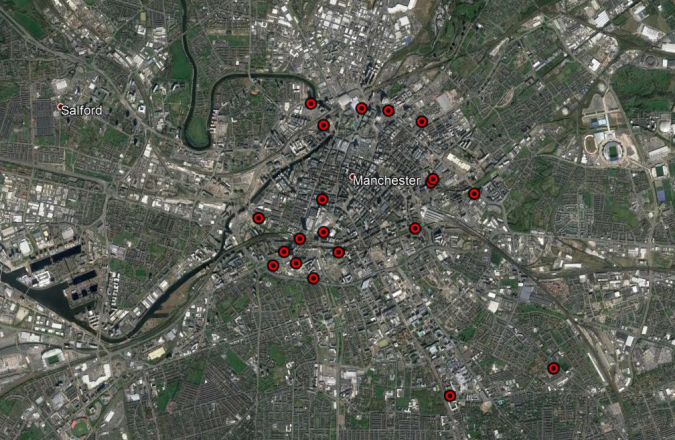
Figure 1: Locations where Pager Power has surveyed in Manchester
Figure 2 below shows a member of the Pager Power team conducting the post-construction survey for the Owen Street development in central Manchester (now known as Deansgate Square).
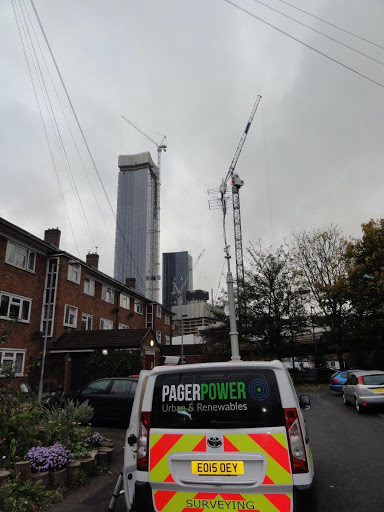
Figure 2: Pager Power conducting a post-construction survey in Manchester
The photograph shows the completed Deansgate Square tower Block A in the background for which this post-construction survey was completed in 2018. Block D in the foreground is currently the tallest building in Manchester at 201 metres above ground level. It is the second tallest building the UK behind the Shard in London, measuring to 310m above ground level.
Surveying Process
The standard survey procedure is as follows:
- Determine the survey locations and television transmitters serving the surrounding area.
- Travel to the survey location (from GPS co-ordinates) and take survey readings from as close as possible (considering safety and access).
- Extend mast and aerial to 10m above ground level, orientate the aerial towards the relevant television transmitter and optimise such that the highest television signal is received.
- Cycle through each relevant channel measuring signal strength, signal fluctuation and Bit Error Rate (BER). Complete a check of the image and sound quality after decoding the relevant channel. Repeat this for multiple transmitters serving the area, if required.
- At the survey location take photos of surrounding aerials, take a GPS reading to confirm survey location and record an estimate of number of sky dishes relative to terrestrial aerials.
- Repeat points 2-5 at each survey location.
Further detail can be found here.
Conclusions
Pager Power conducts baseline and post-construction television surveys all over the UK. A survey may be required where large building developments or wind turbines are to be erected and coverage of the television transmitters may be affected. If you have the requirement for a television reception survey or if you have any questions or concerns, please get in touch and we would be happy to answer any questions and provide a quote.
References
[1] Manchester’s Local Development Framework: Core Strategy Development Plan Document. Adopted 11th July 2012. Last accessed 26/04/2019
[2] Full, Outline, Reserved Matters & Variation/Removal of Conditions Planning Applications: Is Your Application Valid. Revised September 2018. Last accessed 26/04/2019.
[3] It is typical for an assessment provided suitably qualified and experienced television consultant to be acceptable. The Office of Communications (Ofcom) do not typically provide comment on the acceptability of an appointed television consultant.

